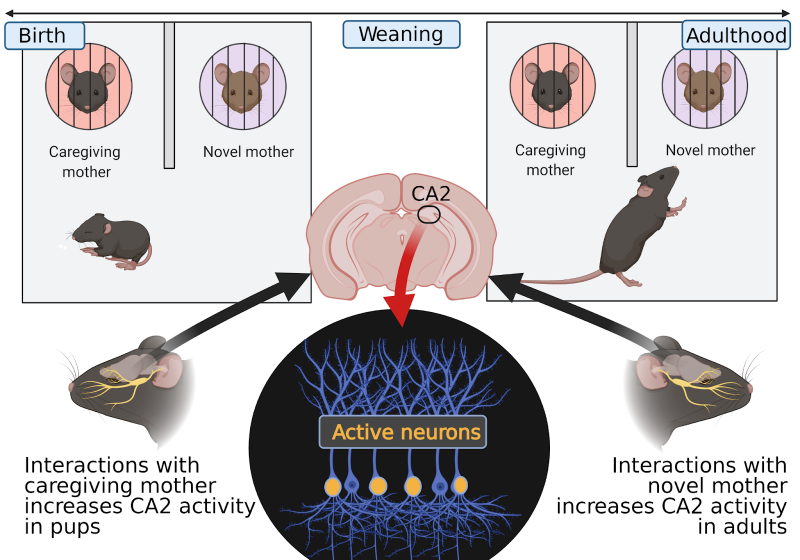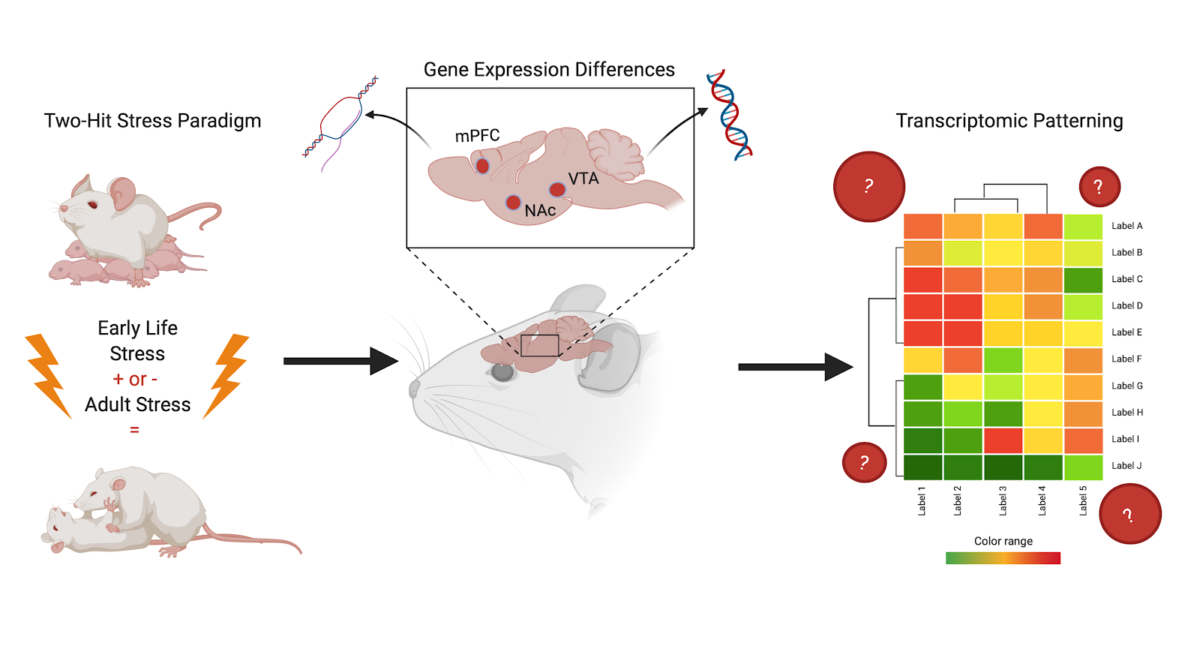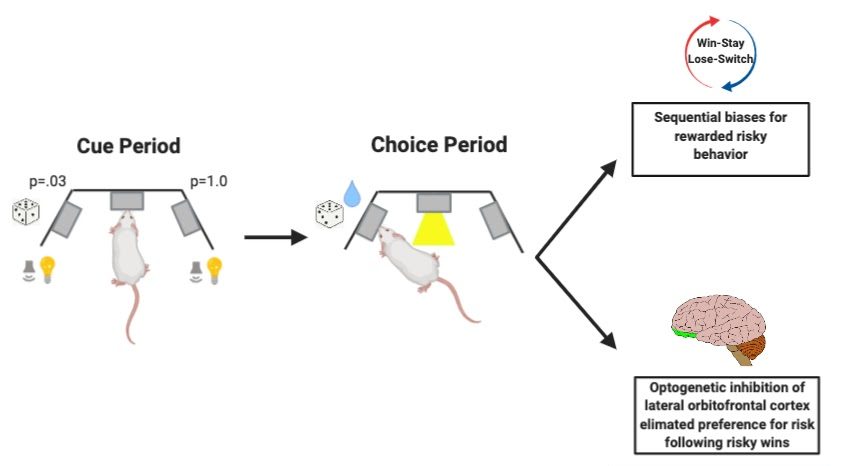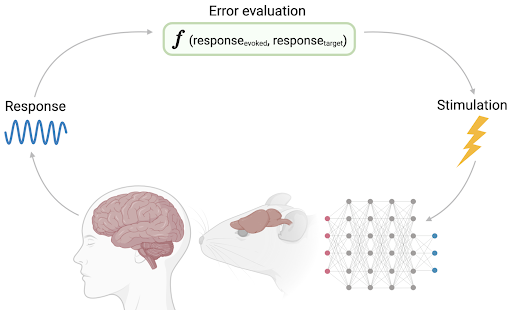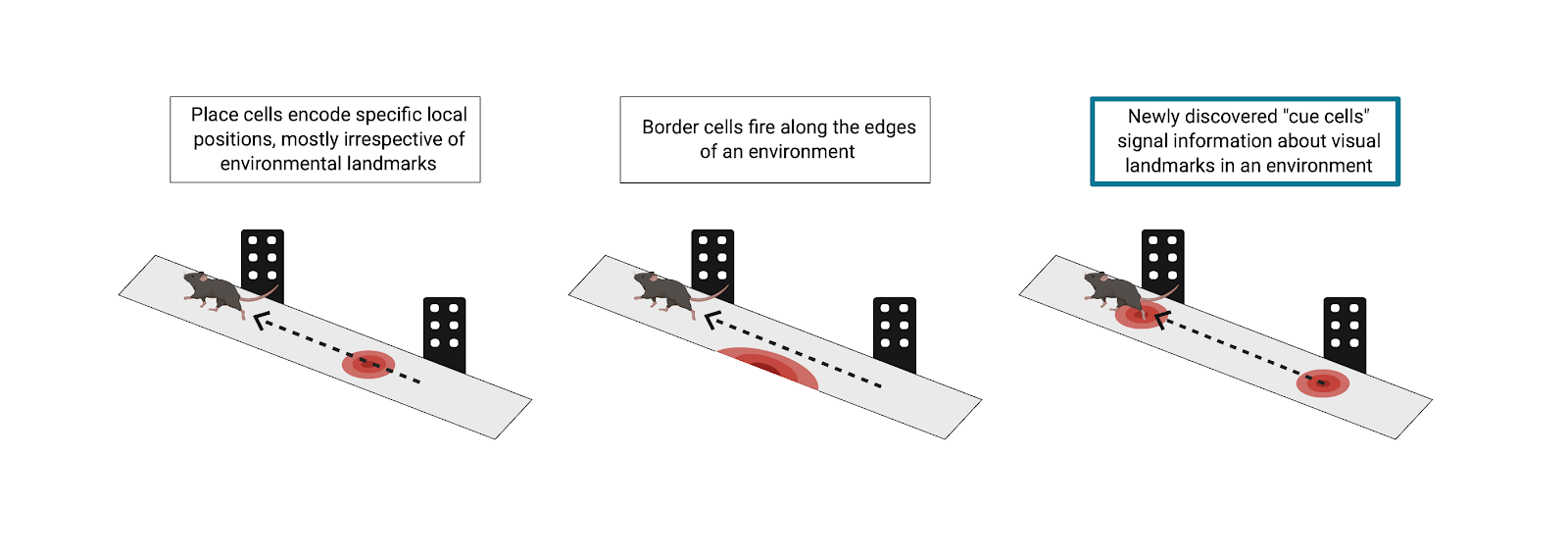Review written by Amy Ciceu (2024)
Have you ever found yourself in deep thought in a public setting only to come to your senses and arrive at the uncomfortable realization that you’re making eye contact with another person? Such is the dilemma that faces us when we lose control of our awareness. Awareness—a module of behavior that allows us to be conscious of stimuli in our environment—is fundamentally distinct from but similar to attention—the process of selectively focusing the mind on certain stimuli at the expense of others. In an insightful new study led by graduate student Andrew Wilterson of the Graziano Lab at Princeton University, researchers used stimulus-prediction tasks and MRI imaging to investigate the interrelated nature of awareness and attention in the human brain.
Continue reading

